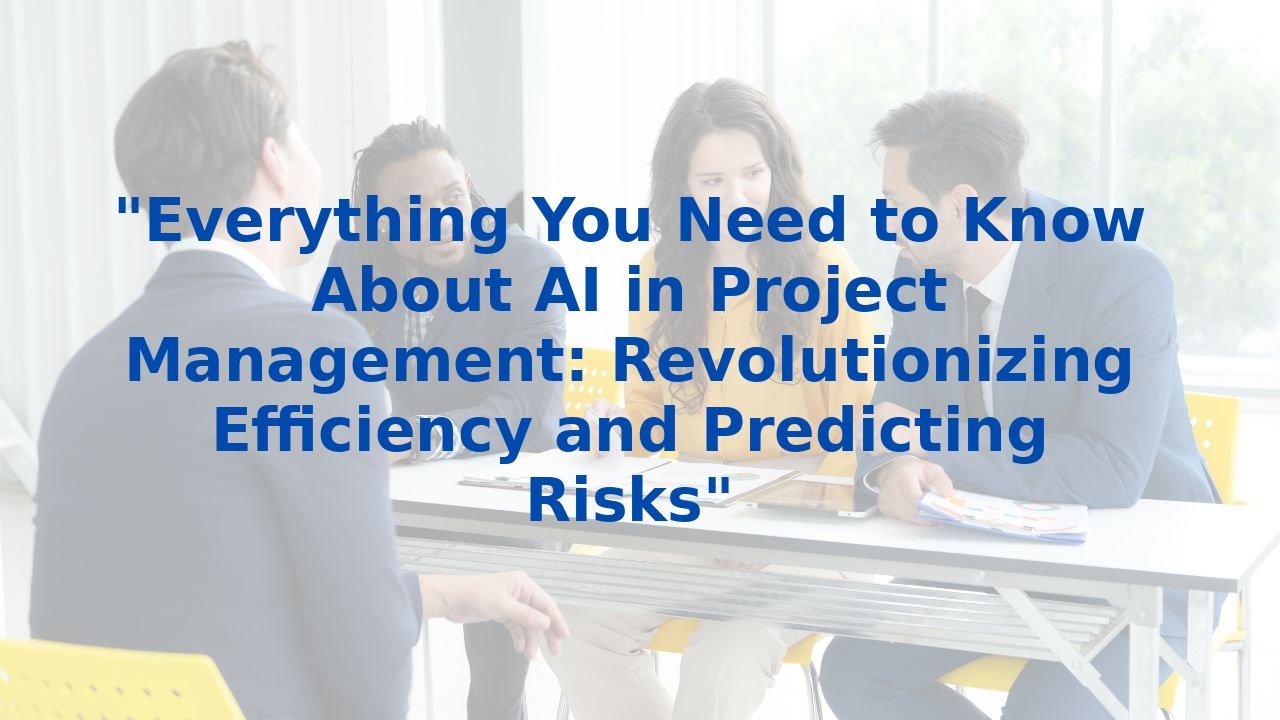How To Effectively Integrate AI Into Learning & Development: A Human-Centric Approach
How To Effectively Integrate AI Into Learning & Development: A Human-Centric Approach
Introduction
In today’s dynamic workplace, the integration of Artificial Intelligence (AI) into Learning & Development (L&D) is not just innovative—it’s transformative. While the allure of AI lies in its potential to revolutionize how we train and develop our workforce, the real magic happens when we ground this technology in a human-centric approach. This article delves into effective methods for integrating AI into L&D, spotlighting how it enhances business efficiency and employee growth.
The Role of AI in L&D
AI can profoundly influence multiple facets of L&D. Its presence simplifies complex processes, enhances learning experiences, and increases organizational efficiency. Let’s look at some core areas where AI can make a significant impact:
1. Personalized Learning
Imagine a training program that adapts to each employee's learning style and pace. AI enables personalized learning by analyzing data on individual progress, allowing organizations to create tailored learning paths that resonate with each employee. This individualized approach not only fosters engagement but also boosts retention rates and skill acquisition.
2. Content Creation
Creating high-quality educational content can be time-consuming. AI can assist in generating interactive modules, engaging simulations, and even virtual reality experiences, relieving human trainers of the more tedious content development aspects. This shift allows L&D professionals to devote their energy to strategy and creativity, elevating the overall training experience.
3. Assessment and Feedback
AI systems excel at analyzing performance data, providing immediate feedback to learners. This real-time insight ensures that employees receive guidance when needed, facilitating continuous improvement. With immediate assessment capabilities, companies can identify skill gaps and adjust their training programs swiftly.
4. Virtual Training
For industries requiring hands-on skill development, AI-powered simulations can replicate real-world scenarios, preparing employees for practical applications in their roles. This approach not only enhances the learning experience but ensures employees are better equipped for challenges they may face in their jobs.
Benefits of AI in L&D
The integration of AI into L&D processes unlocks numerous benefits that can streamline and boost organizational performance:
1. Increased Efficiency
By automating repetitive tasks, AI liberates human resources to concentrate on strategic initiatives, which leads to a more efficient training process. This newfound focus allows organizations to be more agile in their learning strategies, adapting swiftly to evolving business needs.
2. Improved Accuracy
AI’s ability to process vast datasets quickly ensures that training programs are finely tuned to align with organizational goals. This accuracy diminishes the chance of misalignment, fostering a culture of continuous improvement.
3. Enhanced Engagement
When learning experiences are personalized, the likelihood of employee engagement skyrockets. This engagement is not merely a checkbox but a crucial factor in driving job satisfaction and enhanced performance.
The Importance of Human-Centric Approaches
It’s paramount to recognize that while AI is a formidable tool, it cannot replace the fundamental human elements of L&D:
1. Emotional Intelligence
AI lacks the capacity for emotional intelligence, critical in understanding and addressing employees' emotional needs. Human trainers can offer empathy and support, fostering an environment where employees feel secure in their learning journeys.
2. Creativity and Innovation
While AI can assist in content creation, human trainers possess an innate creativity that allows for the design of engaging and innovative programs. This distinctive quality ensures that programs remain fresh and continue to resonate with learners.
3. Contextual Understanding
Humans can adapt training content to suit the specific corporate culture or situational context, facilitating a more relevant and impactful experience for employees. This adaptability is vital in achieving desired outcomes.
Training Employees for AI
To harness AI's full potential in L&D, organizations must emphasize training employees to effectively work alongside this technology. Here are essential areas to focus on:
1. AI Literacy
Equipping teams with fundamental knowledge regarding AI’s capabilities and limitations prepares them to utilize these tools effectively. This includes understanding how to create effective queries and assess AI-generated content.
2. Data Management
As AI systems generate significant data, employees should be adept at managing, interpreting, and ensuring data privacy regarding these insights. This understanding is crucial for organizational integrity and ethical considerations.
3. Continuous Learning
The rapid evolution of AI technology necessitates ongoing training. Ensuring that employees remain current with the latest advancements and best practices is vital for sustained success.
Conclusion
Integrating AI into L&D offers a plethora of advantages, from enhanced efficiency and accuracy to increased engagement. However, the human-centric approach remains indispensable. By focusing on AI literacy, data management, and continuous learning, organizations can harness AI’s full capabilities, driving their L&D strategies to new heights. The balance of human insight with AI's power not only fosters a more effective training environment but also prepares organizations for the future of work.



